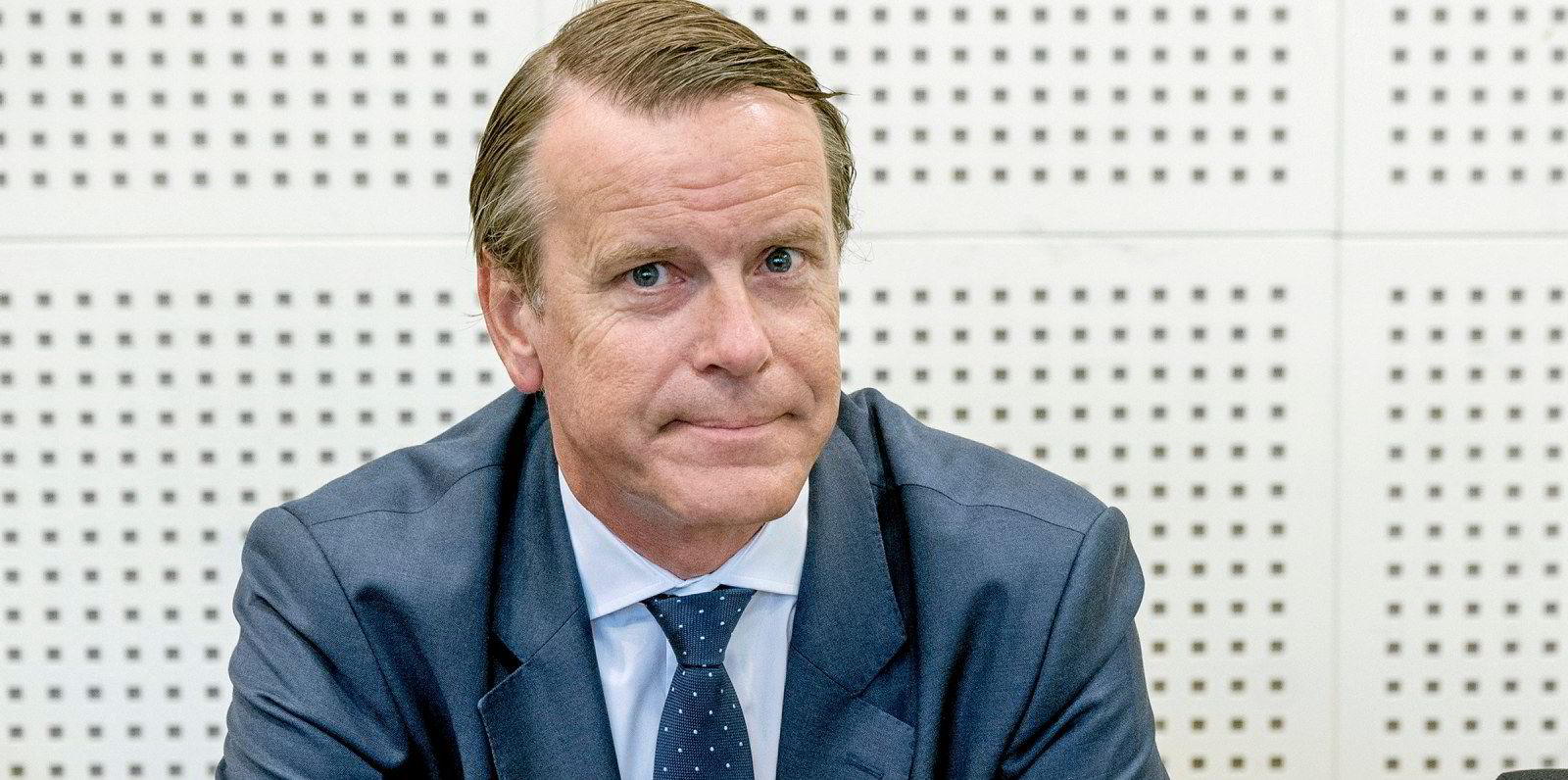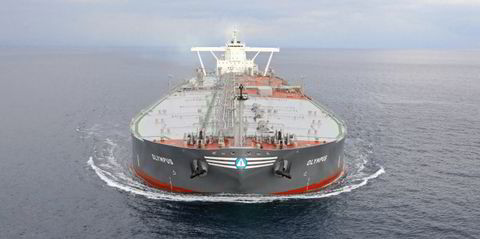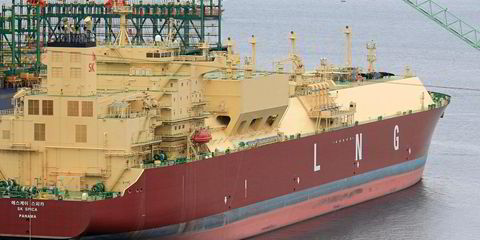Crude tankers are set for more woe this year before picking up again in the first half of 2024 as continued high global demand drives the market, says shipowner group Bimco.
The group’s chief shipping analyst Niels Rasmussen said that demand from Asia and increased production from the Americas will drive increased imbalances that will benefit the tanker sector next year.
The sector is currently feeling the strain from combined 1.3m barrel a day cuts from Saudi Arabia and Russia that have seen nations draw on their inventories as prices have spiked.
The effect has been felt most keenly with VLCCs heading to China with rates bottoming out this week, according to analysts.
“Record oil demand as well as low supply growth really bodes well for the market,” he told a joint Bimco-S&P Global Commodity Insights webinar on Wednesday.
“The second half of this year may be a struggle for some of the crude tankers but they could certainly benefit more in the first half of 2024.”
The Baltic Exchange’s VLCC time charter equivalent measure emerged from negative territory on Wednesday for the first time in September to hit $4,691 a day.
The measure, which hit a 13-month low of -$5,934 a day on 13 September, is based on the Middle East to China and US Gulf routes.
“Demand upside for VLCCs is likely to remain capped in the short term,” said Mary Melton, freight analyst at Vortexa.
“If rising crude prices prompt a revision of the current voluntary cuts, this could support VLCCs heading towards the end of the year.”

The supply squeeze saw Brent crude top $94 a barrel this week, levels last seen in November last year as the Saudi-led cuts took effect.
Rasmussen pointed out that refinery growth and final demand in 2024 were coming from Asia, while supply was growing in the US and Brazil.
“The imbalances are growing faster than overall demand and that will support seaborne trade quite well in the coming years.
“We should expect that the sailing distances will continue to get longer as the Americas export a higher share towards Asia. So, that's certainly a positive for the crude oil market.”
He said sailing speeds were expected to decline in 2024 owing to environmental regulations, which will add to strong underlying fundamentals for the market.
Along with low order book, that will contribute to a decline of fleet supply by 0.6% in 2024 while demand is up by 6%, he said.
Time of struggle
“There might be a period here where the crude tankers might be struggling … but it’s more because of what is hopefully temporary production cuts by Saudi Arabia and Russia.”
Industry players say that prospects were good going into the winter despite the current low rates and pointed to good deals struck for long-term time-charters by Euronav and Tsakos Energy Navigation.
Frontline CEO Lars Barstad told Capital Link’s London forum last week that the low orderbook meant the market was set fair for the next five to six years unless oil demand falls “off a cliff”.
“I think it’s tremendously bullish, I struggle to see what can contradict this story where we are now,” Barstad said.
Read more
- Russian oil revenues surge after price cap breaches
- ‘Very good shareholders’ Fredriksen and Saverys more aligned than most, Euronav’s Gallagher says
- Pertamina International awakens to take on the tanker world
- Tanker stocks take a hit, but Saudi cuts not set in stone for 2023, analysts say
- We’re not buying, say tanker owners as newbuild prices soar





